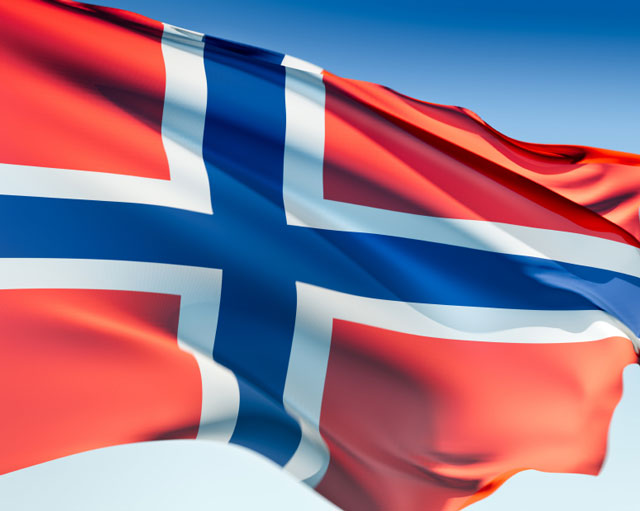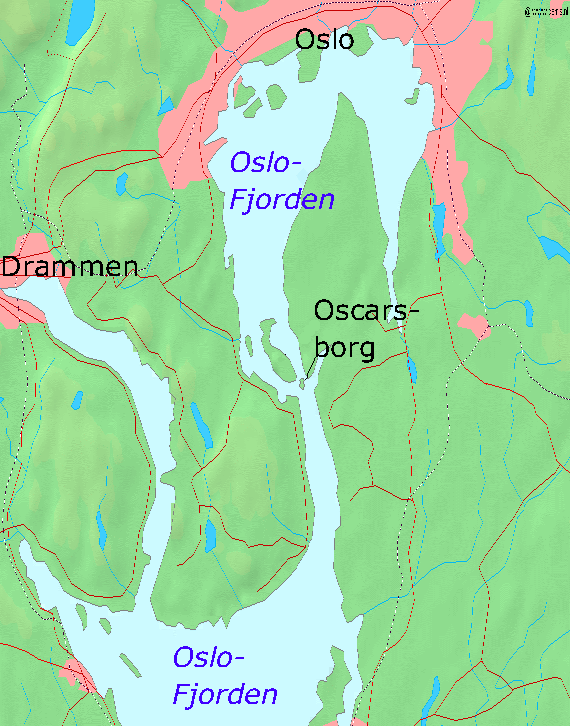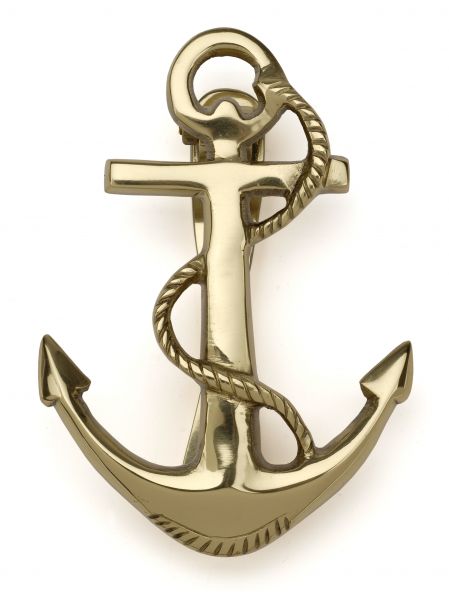
Today is May 17th, Norwegian Constitution Day, the National Day of Norway. In recognition of this auspicious date, here is a story of David versus Goliath from the pages of Naval History.


The Blücher was a German Admiral Hipper-class heavy cruiser. The Kriegsmarine's newest ship at the outbreak of World War II, having been in commission for just over six months, she was sunk by Norwegian shore defences at the Battle of Drøbak Sound on April 9, 1940, the first day of the invasion of Norway (Operation Weserübung).
Blücher was the flagship of the naval flotilla Marine Gruppen 5, with heavy cruiser Lützow (formerly Deutschland), light cruiser Emden, with three small torpedo boats and eight small minesweepers, commanded by Rear Admiral Oskar Kummetz, transporting troops to capture Oslo in the initial stages of the German invasion of Norway - Operation Weserübung ("Weser Exercise").
Blücher's sister ship, Hipper also took part in the invasion of Norway, landing troops at Trondheim (Norway's third largest city, roughly half way up Norway's west coast), despite being rammed and damaged by HMS Glowworm. The troops occupied the city in the early hours, flying the Nazi flag on the city's old Kristiansten Fortress and other municipal buildings before most of the inhabitants had even awoken.
The attack on the German fleet by the Norwegian guard vessel Pol III, just before midnight on April 8, 1940 had alerted the Norwegian defences. Blücher, carrying 1000 troops, led the line as the German flotilla approached the unlit Oscarsborg Fortress on South Kaholmen Island in the Drøbak narrows. The German squadron commander "kept his ship's main armament aligned fore and aft in a gesture of disdain for the Norwegian fortifications."
One of the two 28 cm guns in the main Oslo coastal fortress that took part in the sinking of Blücher
At 04.21 hours, (Norwegian time) the fortress' guns opened fire on the Blücher. The three German-made Krupp 280 mm (11 in) guns (only two were manned due to a lack of trained gunners) of the fortress, installed in 1893 (aptly named Moses, Aaron and Josva), were obsolete, so the defenders held fire until the warships were at point-blank range (most sources state that fire was opened at a range of 1,600 to 1,800 metres (about 1 mile). The first 28 cm shell hit the Blücher right in front of the aft mast, and created an inferno of flames and smoke in the midship area up to the fore mast.
The second Main Battery round shortly thereafter hit the base of the fore 20.3 cm gun turret, throwing large parts of it into the fjord and igniting further fires on board. There was only time for the Main Battery to fire these two rounds, due to their slow reload time with only 30 untrained recruits manning them at the time. There was not time to reload; there was not even time to fire a third gun, Josva (Joshua), which was loaded, but unmanned.
The return fire from Blücher was ineffective, with the light artillery mostly pointing too high and the main batteries, 20.3 cm guns, could not fire due the damage caused by the second 28 cm round from Oscarsborg's Main Battery.

While fire was raging aboard Blücher, the secondary Norwegian coastal batteries pelted her with guns ranging in calibre from the small 57 millimetre pieces at Husvik on the mainland, designed to protect the fortress' minefields (not laid at the time of the invasion), to the 15 cm guns of the Kopås battery on the eastern side of the fjord. The larger guns wrought havoc on board the cruiser while the 57 mm guns concentrated on the cruiser's superstructure and anti-aircraft weapons, and were partially successful in suppressing the fire from her light artillery as the Blücher slowly sailed past the fortress.
The Husvik Battery had to be abandoned when Blücher passed in front of it and fired her light AA guns directly down into the positions. One of the 15 cm rounds from Kopås disabled the Blücher's steering system and forced the cruiser's crew to steer her using the engines and propeller to avoid running aground.

The Germans were unaware of a torpedo battery near Oscarsborg's main gun battery at North Kaholmen Island. Built in 1901, it was equipped with three shore-mounted dual elevators firing the torpedoes via underwater tunnels. The torpedoes were Austro-Hungarian-built Whitehead torpedoes (in the torpedo factory of Fiume, Hungarian Kingdom, now Rijeka, Croatia) of the same turn-of-the-century vintage. These torpedoes had been practice-launched well over 200 times before being fired in anger, and no-one was certain if they would function or not. They did.
Blücher received two direct hits, one near her forward turret Anton and the second in the engine room, leaving her drifting out of control in the narrow fjord. The torpedoes sealed her fate. The rest of the flotilla, seeing the torpedo explosions, mistakently believed that the Blücher had hit mines. As a result, the flotilla reversed out of the narrows, thus ensuring that Oslo would not be invaded at dawn as intended. Before the remaining ships of the invasion force could withdraw, the Lützow was hit three times by the Kopaas battery and her Anton and Bruno turrets were disabled. The damaged Lützow steamed at full-speed astern, into mist and out of the Norwegian shore batteries' zone of fire.
Attempts were made to run Blücher aground on the Nesodden peninsula, but they failed. At 06.00 hours, the damaged and now sinking Blücher dropped anchor at Askholmen. The purpose was to let wind and current swing the stern closer to Askholmene to rescue more of the crew and soldiers onboard. Askholmene is 6 nautical miles (11 km) south of Oslo and out of the arc of fire from the Norwegian shore batteries. Her torpedoes were fired into the sides of the fjord to prevent them from exploding aboard the ship. At 06.23 the fires reached the 10.5 cm ammunition magazine which detonated, dooming the ship.

By 7.00 with no hope of containing the fires, the order to abandon ship was given. At 7.22 hours, the Blücher capsized and sank. Of the 2,202 crew and troops on board, some 830 died (at least 320 of them crewmen). Most either drowned or burnt to death in the flaming oil slick surrounding the wreck. The survivors came ashore on either side of the fjord. The Blücher's sailors were ordered to give up their life jackets (all sailors are expected to be able to swim) to the troops on board, thus saving the lives of a significant number of soldiers. Her Commanding Officer, Kapitan zur See Heinrich Woldag, survived the sinking, but was killed in a plane crash eight days later.
One of the Blücher's anchors at Aker Brygge.
The delay caused to the landings in Oslo allowed the Norwegian royal family, parliament and cabinet to escape.
Norway's gold reserves were also moved out of reach of the invaders and ultimately shipped abroad for Norway's use during the war.


No comments:
Post a Comment